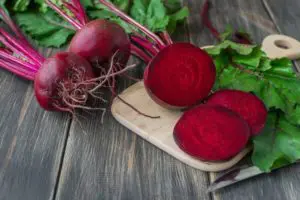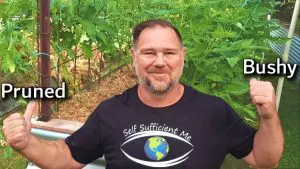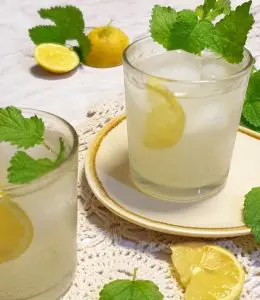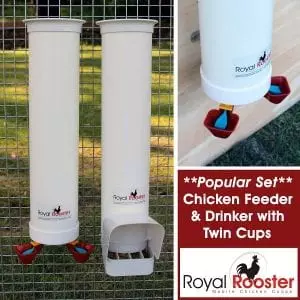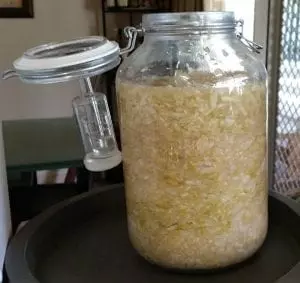Have you ever wondered what is really in a glass of fruit or vegetable juice? I have too.
On the rare occasion when I do buy fruit or vegetable juice (because I prefer my own home-grown stuff), I often think about things like: how much is the juice watered down deliberately by the manufacturer; is anything else added (like preservatives, sugar,); are there any traces of pesticides; how much sugar is in these drinks compared to other juices; and simply what is its natural make-up – like, water to pulp, natural sugars, vitamins etc.
Food and drink analysers in your kitchen?
Whenever I've seen figures in magazines, online articles, or TV analysing what's in certain food and drink, I always imagined the information coming from lab technicians dressed in white coats using large complicated machines with big computers. However, that's not necessarily true anymore because these days with advances in technology anyone can buy an analytical machine (technically speaking) and analyse all kinds of materials, especially food. These machines are now more portable and affordable then they've ever been at about the size of a large food processor a person could have one in their kitchen!
Why am I writing about this? Most people, as inquisitive as they can be, are probably never going to buy one of these analytical machines to check-out the make-up of their breakfast OJ. However, plenty of us are becoming more paranoid about what is actually in our “fresh” food and beverages. Therefore, the better and easier the technology becomes for smaller organisations and professionals to analyse what we eat and drink the more “eyes” will be on the manufacturers and subsequently pressure for them to keep excellent quality control over the products they sell us.
Caught-out dodgy practices
In the press lately, there have been several cases of contaminated goods surface about certain products in the fresh food markets. A prominent example was the recent contamination of imported orange juice in the USA with banned pesticides – these things shouldn't happen but they do and they only get found out by someone taking the time to analyse and expose these risks often missed by government agencies.
Lab Balances
A few months ago I corresponded (by email) with a visitor/reader of Self Sufficient Me, Dr Bob Sandor from Lab Balances – a company that makes these machines. Dr Sandor has a B.S. in Chemistry from The University of Rochester and a Ph.D. in Inorganic Chemistry from Brandeis University. Dr Sandor (Bob to me) wrote, “Everyone has their own opinion on their juice consumption, but you cannot ignore the data on what nutritional values are in your juice… for good or bad. We used one of our moisture analysers to determine the water content of 100% juice (not drinks) from various fruits and vegetables.”
Here's a great looking fun “infographic” demonstrating some of Dr Sandor's findings.
Based on a 10 ounce glass of juice, which is about 300 ml for Aussie measurements.
Left Glass % Water – Middle Glass Calories – Right Glass Sugar (grams)

Prepared by Dr. Bob Sandor of www.LabAnalyticalBalance.com
Scientific Salute to you
Bob wrote me, “I really enjoy reading nutritional food insights on your site Self Sufficient Me.” Well Bob, if it wasn't for you scientists many of my theories (like my Same Fruits Different Tastes post) about food freshness and additives would never be tested and a great deal of my insights come from the people who make and use these machines to empower everyone who seeks with this knowledge.
Of course, I am personally not a scientist (my brother is) but I'm not that smart; and besides my own experiences, I do get my information from people who are scientists, lab technicians, researchers, and many other avenues. So, to those people – the technology innovators – who develop machines and techniques to analyse the things in our every day lives so we can make better/informed health choices about what we eat and drink, I take my hat off to you.
And, if the technology keeps moving at the current pace perhaps in a few years we many indeed have a standard kitchen appliance which can measure, analyse, and examine our food and drink to ascertain whether it really is as fresh as (or in fact is) what the shopping centre or manufacturer says.
P.S Go easy on the pineapple juice…
Feel free to use the comment section below and have your say (no email is required).
Thanks for reading and thanks for your support,
Look, and see the Earth through her eyes
Mark Valencia – Editor SSM

